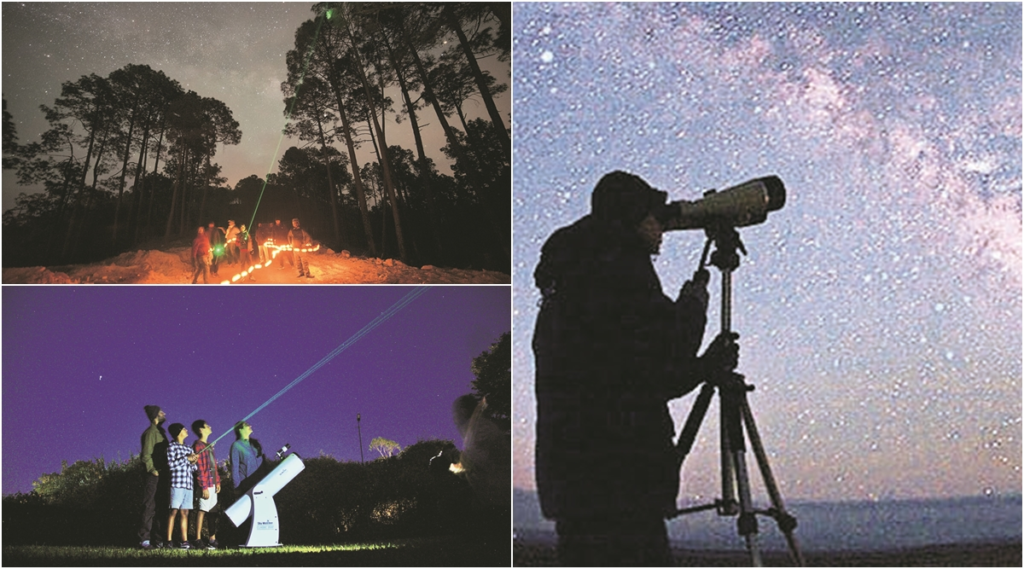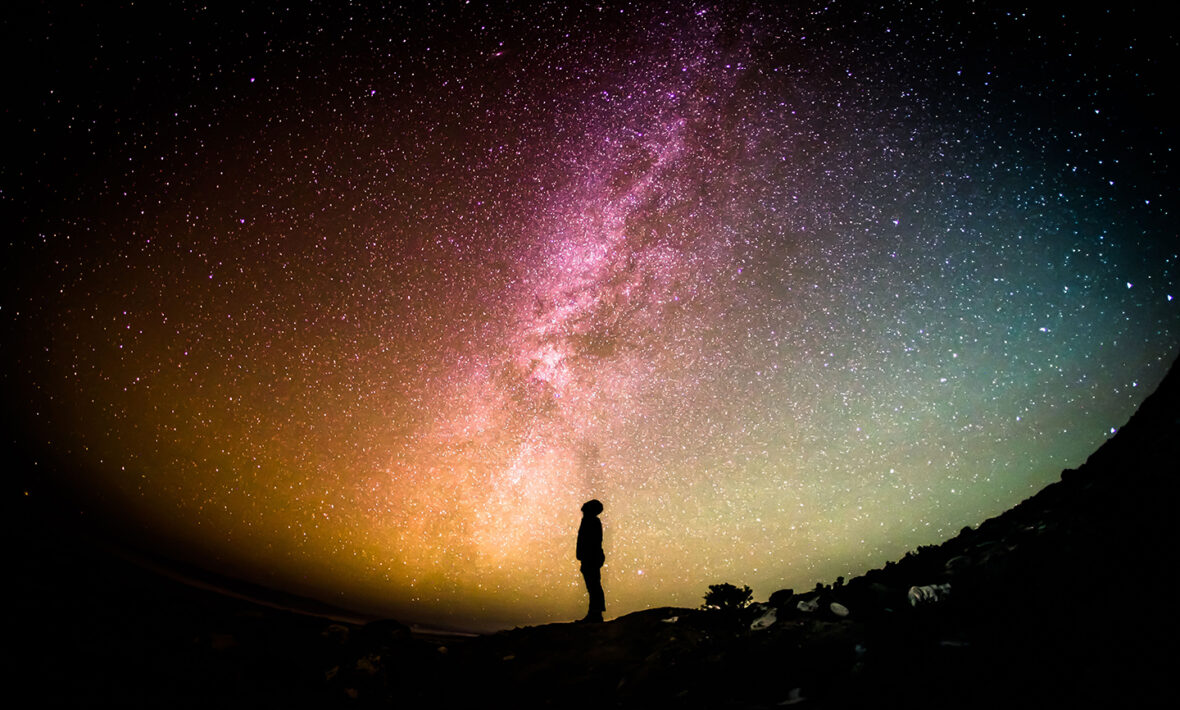The tourism industry is no longer bound by oceans, mountains, or continents. As technology evolves and curiosity deepens, travelers are starting to look beyond Earth. A new trend is emerging—one that blends science, wonder, and exploration: Astro-Travel.
Whether it’s gazing at distant galaxies through powerful observatories, trekking across desert landscapes to stargaze under the purest night skies, or even planning for a commercial spaceflight, Astro-Travel is redefining what it means to take a trip. This isn’t science fiction anymore—it’s a real movement shaping the future of how and where we explore.
What Exactly Is Astro-Travel?
Astro-Travel, also known as astronomical tourism or space-related travel, encompasses a range of experiences where the stars—and what lies beyond—take center stage. It can mean traveling to:
- Remote destinations with optimal stargazing conditions
- Famous observatories and space research centers
- Sites where cosmic phenomena (like eclipses, meteor showers, or auroras) are visible
- Future spaceflights for civilians, orbiting the Earth or reaching the Moon and beyond
At its core, Astro-Travel is about engaging with the universe—from the ground or someday, from space itself.
Why Astro-Travel Is Booming Right Now
A convergence of cultural, technological, and environmental trends is fueling the rise of Astro-Travel. Here’s why more people are pointing their compass skyward:
1. Tech Advancements in Space Tourism

- Companies like SpaceX, Blue Origin, and Virgin Galactic are pushing the boundaries of commercial spaceflight
- Civilian passengers are already taking suborbital trips, with more ambitious journeys on the horizon
- Space hotels and orbital vacation concepts are in development for the next decade
2. The Rise of Dark Sky Destinations
- Light pollution has made truly dark skies rare
- Astro-tourists seek out certified “Dark Sky Parks” to experience celestial events in their purest form
- National parks, deserts, and remote mountains are becoming must-visit spots for Milky Way hunters
3. Environmental and Conscious Travel Trends

- More travelers are seeking experiences that are meaningful, educational, and immersive
- Astro-Travel offers a sense of cosmic perspective—reminding us how fragile and beautiful our planet is
4. Popular Culture and Inspiration
- Space documentaries, sci-fi films, and space missions (like the James Webb Telescope) inspire curiosity
- Interest in the cosmos has gone mainstream, turning niche interests into bucket-list travel goals
Top Astro-Travel Experiences Around the World
Where can you go to feel closer to the stars? Here are some of the most awe-inspiring Astro-Travel experiences you can add to your itinerary:
1. Stargazing in the Atacama Desert, Chile
- One of the driest places on Earth, offering crystal-clear skies
- Home to the ALMA Observatory, one of the most advanced on the planet
- Milky Way views unlike anywhere else
2. Northern Lights Hunting in Iceland or Norway
- Experience the stunning aurora borealis between October and March
- Combine thermal spas, glaciers, and cosmic light shows in one trip
3. Meteor Showers in Joshua Tree, California
- Designated Dark Sky Park
- Ideal for August’s Perseids or December’s Geminids
4. Visit to Mauna Kea Observatories, Hawaii
- High altitude and low light make it an astronomer’s paradise
- Visitors can stargaze at 13,000+ feet, guided by local experts
5. Eclipse Chasing in Path-Specific Regions
- Total solar eclipses draw travelers to specific global zones
- 2026 and 2027 eclipses will be visible in Europe and parts of Africa
Astro-Travel: The New Luxury Frontier
Forget five-star hotels or overwater bungalows—luxury travel now extends into the stratosphere. Here’s how Astro-Travel is blending exclusivity with exploration:
- Private Stargazing Retreats: Exclusive lodges with telescopes and expert-led sky tours
- Space-Themed Resorts: From Martian-inspired rooms to zero-gravity simulators
- Spaceflights for the Ultra-Wealthy: A few minutes of zero-G costs hundreds of thousands—but people are paying
And as technology advances, the price will (eventually) drop, making this kind of cosmic luxury more accessible to the everyday explorer.
How to Get Started with Your First Astro-Travel Experience

You don’t need to launch into orbit to embrace Astro-Travel. Here’s how you can begin exploring the cosmos right from Earth:
Step-by-Step Starter Guide:
- Choose a Dark Sky Destination: Look for certified parks or low-light regions
- Time Your Trip Around a Celestial Event: Meteor showers, eclipses, and full moons are great starting points
- Download Astronomy Apps: SkyView, Stellarium, or Night Sky help identify stars and planets
- Pack Essentials: Binoculars, DSLR camera with tripod, red flashlight, warm layers
- Join a Local Astronomy Tour: Many destinations offer guided night tours with powerful telescopes
The Future of Astro-Travel: Where Are We Heading?

The future of Astro-Travel is both exciting and limitless. Here’s what’s on the horizon:
1. Commercial Space Flights Become Commonplace
- Suborbital spaceflights may soon be available in major cities
- A new era of “commuter astronauts” could emerge
2. Moon Tourism & Lunar Hotels
- NASA’s Artemis program is returning humans to the Moon
- Private companies are proposing space stations and Moon base tourism
3. Virtual Space Tourism
- VR technology will make space accessible from Earth
- Imagine “walking” on Mars through immersive simulations
4. Mars Missions and Beyond
- While Mars travel is still far off, the groundwork is being laid
- Early adopters of Astro-Travel are laying the cultural and commercial foundation for interplanetary tourism
Final Thoughts: Why Astro-Travel Is More Than a Trend
Astro-Travel isn’t just about taking a cool photo of the stars or saying you floated in zero gravity. It’s about curiosity. It’s about stepping outside your comfort zone—sometimes even outside your planet. It offers a chance to experience a new kind of wonder, one that makes you feel small, connected, and inspired all at once.
So whether you’re heading into the desert with a telescope or preparing for the future of space tourism, remember: the next great travel destination may not be on a map—but somewhere among the stars.





